A Little History of the World
£6.60£9.50 (-31%)
“Brilliant, irresistible: a wonderful surprise,” – Philip Pullman
The product of a generous and humane sensibility, this timeless account makes intelligible the full span of human history.
In forty concise chapters, Gombrich tells the story of man from Stone Age to the atomic bomb. He paints a colourful picture of wars and conquests; of grand works of art; of the advances and limitations of science; of remarkable people and remarkable events – from Confucius to Catherine the Great to Winston Churchill.
This is a text dominated not by dates and facts, but by the sweep of mankind’s experience across the centuries, a guide to humanity’s achievements and an acute witness to its frailties.
For adults seeking a single-volume overview of world history, for students in search of a quick refresher course, or for families to read and learn from together, Gombrich’s A Little History of the World both enchants and educates.
Read more
Additional information
| Publisher | Illustrated edition (19 Aug. 2008), Yale University Press |
|---|---|
| Language | English |
| Paperback | 304 pages |
| ISBN-10 | 9780300143324 |
| ISBN-13 | 978-0300143324 |
| Reading age | 13 – 17 years |
| Dimensions | 21.39 x 14.17 x 2.41 cm |

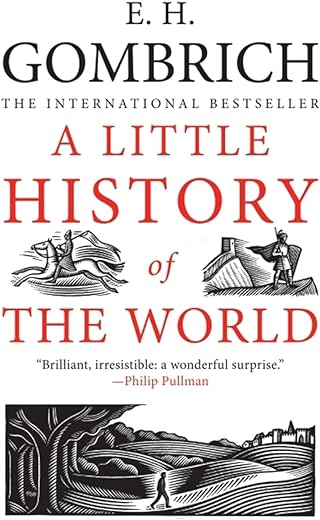

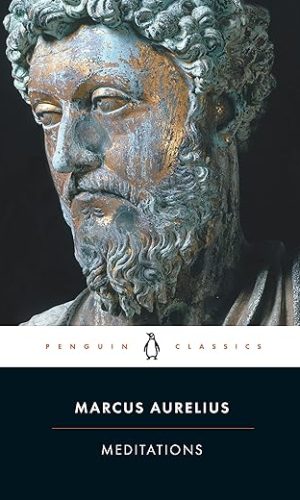
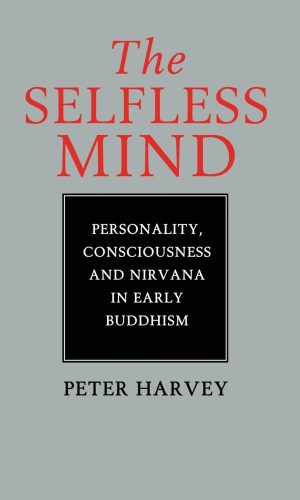
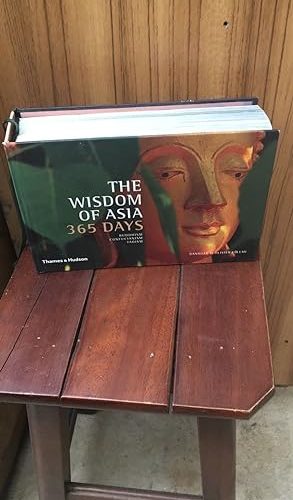


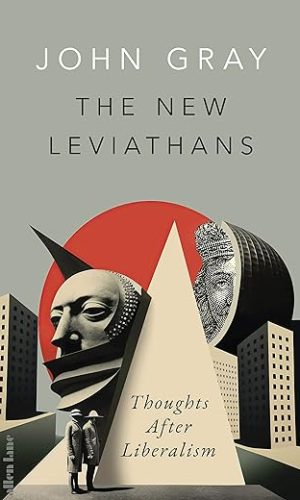
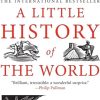
by Ian Brawn
In just under 300 pages, Gombrich provides an overview of human history from the rise of the Neanderthals to the fall of the Berlin wall. He focuses on the major developments (the inventions, wars, religious and social changes) to tell a tale that is clear, compelling and remarkably coherent. His attitude is generous and his style is avuncular. Moreover, as a physical object the book is sumptuous, from the paper quality to the woodcut illustrations. It’s all quite charming, and it’s easy to see people being delighted to give this book as a gift.
However, I do have a couple of reservations. First, the focus here is firmly on (continental) Europe; the rest of the world gets little coverage. Personally, I don’t mind this, but maybe you do. A bigger problem is the language, which is slightly cloying at times, especially in the opening chapters. Simultaneously, Gombrich assumes his readers have a rather adult sensibility, which means he manages to speak both up and down to them at the same time. Due to this I never found the right age to read this book to my son; it always left him cold. The book he really enjoyed, which inspired a fascination with history that has stayed with him ever since, was Usbourne’s Encyclopaedia of World History. If you want a book that actually appeals to children rather than adults, you might want to consider that one.
by Camille
Excellent read
by Antony
A mostly good summary of history except for the lies about communism at the end.
by Ahmad Nur
Keep reading it 5-10 pages everyday so that I don’t finish quickly as I’m enjoying it.
by Allison Harvey
I like this product because it is an easy book to follow and understand for the person it was meant for also there is a-lot of educational information within this book, the book will be used to help a member of the family to understand more about this subject.
by Morag Chapman
This is the best non fiction book I have ever read (apart from the Bible).
An absolute must for school children and parents alike as it gives a complete and concise history of the world in such a readable way that I couldn’t put it down!
by Lady Fancifull
E.H. Gombrich is probably best known as the author of a wonderful book on the History of Art, which I guess must have made its way, at some time, to every Art lovers bookshelf.
I recently discovered that he had, as a young man, written a wonderful history book for children, which was published in Austria in 1935, much later, translated into twenty five languages, , but only towards the end of Gombrich’s life (he died in 2001) did he produce an English version. This has also updated the History, taking it to the collapse of the Soviet bloc. Gombrich, born in Vienna in 1909, was an Austrian Jew, and made his home in England in 1936.
He originally wrote A Little History of The World, a history book for children, when he had been commissioned to translate an English history book into German. Gombrich was not very complimentary about the history book, instead, suggested to be publisher that he could do rather better, by writing a book about history himself, for children, The publisher took him up on this, and, quite astonishingly, he wrote his wonderful ‘little history’ in 6 weeks .
The sweep of this effortlessly readable book starts in prehistory, and in 40 chapters arrives at the tail end of the twentieth century.
Whilst there is a major focus on European history, what Gombrich is really looking at is a kind of exploration of empires – whether these are empires of the mind, of ideology, ideas, religions, politics and of course the regrettable history of empires won and lost through club, sword, firearm, bomb and all the rest of mankind’s panoply of destructive devices.
It has to be said, an account of several thousands of years of interminable war, war which almost every tribe humanity might belong to (whether city states, nation states, countries, followers of religious, political or other belief systems) seems, if it gets any sort of power, to want to batter another grouping into submission to, makes for pretty depressing, despairing reading. In some ways, stunning though this is, I’m quite glad I didn’t read it as a child, since I’m pretty sure I might have succumbed to hopelessness.
What absolutely makes this book at all possible, in terms of a sensitive young mind not getting overwhelmed and distraught by our peculiar species, is the great warmth, the immense humanity, and, yes, despite our bloody history, the compassionate optimism of Gombrich, who at every turn also sees the wonders and the marvels, the intelligence, the curiosity, the excitement and the heart that is also humanity’s heritage.
And then there is the far from small matter that he writes like a dream, talks directly to, rather than down to, his intended young audience – not to mention his admiring older audience.
He will, I hope, reach small people who might, by this, want to take charge of learning the sad lessons of the past, in order to help us to better avoid repeating errors in the future.
Here is Gombrich, with a wonderfully poetic and heartfelt, not to mention wise and encouraging, exhortation to his young audience, on the theme of time, and history itself, as a river. He has taken his audience on an imaginary journey, flying along the river of time, from prehistory to the present, and presents this spacious, soulful image :
“From close up, we can see it is a real river, with rippling waves like the sea. A strong wind is blowing and there are little crests of foam on the waves. Look carefully at the millions of shimmering white bubbles rising and then vanishing with each wave. Over and over again, new bubbles come to the surface and then vanish in time with the waves. For a brief moments they are lifted on the wave’s crest and then they sink down and are seen no more. We are like that. Each one of us no more than a tiny glimmering thing, a sparkling droplet on the waves of time which flow past beneath us into an unknown, misty future. We leap us, look around us and, before we know it, we vanish again. We can hardly be seen in the great river of time. New drops keep rising to the surface. And what we call our fate is no more than our struggle in that multitude of droplets in the rise and fall of one wave. But we must make use of that moment. It is worth the effort.”
This is a marvellous, fascinating, deeply thought provoking, highly engaging and interesting book
by Samantha
Read this book years ago and decided to order my own copy. Great read for any age, beautifully written and good sense of humour.